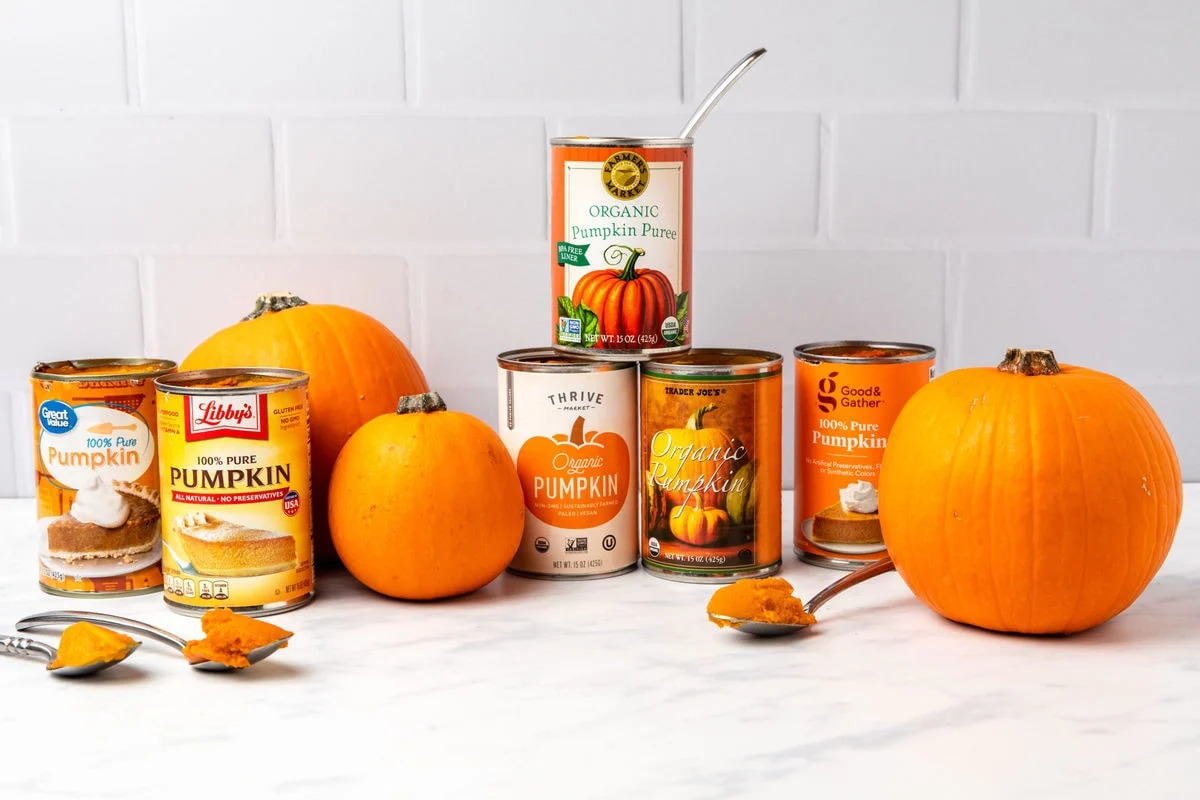

Articles
How To Store Canned Pumpkin
Modified: March 26, 2024
Learn the best methods for storing canned pumpkin in this informative article, packed with tips and tricks to keep your pumpkin fresh and delicious.
(Many of the links in this article redirect to a specific reviewed product. Your purchase of these products through affiliate links helps to generate commission for Storables.com, at no extra cost. Learn more)
Introduction
When fall rolls around, many people stock up on canned pumpkin to enjoy all of their favorite pumpkin-flavored treats. Whether you’re a fan of pumpkin pie, pumpkin bread, or pumpkin spice lattes, having canned pumpkin on hand can be incredibly convenient. However, once you’ve opened a can of pumpkin, you may wonder how to store the leftovers to keep them fresh for future use.
Storing canned pumpkin properly is essential to maintain its quality and extend its shelf life. Whether you choose to store it in the pantry or freeze it, there are certain guidelines and best practices to follow to ensure that your canned pumpkin remains safe and delicious for as long as possible.
In this article, we will explore the various methods of storing canned pumpkin and provide helpful tips to optimize its shelf life. By following these guidelines, you can enjoy the delightful taste of pumpkin in your recipes long after the autumn season has come to an end.
Key Takeaways:
- Storing canned pumpkin properly, whether in the pantry or freezer, ensures year-round access to this versatile ingredient for convenient, cost-effective, and nutrient-rich culinary creations.
- By choosing the right storage containers, selecting suitable storage locations, and following proper preparation and thawing techniques, you can extend the shelf life of canned pumpkin and enjoy its delightful flavor in various recipes.
Read more: How To Store Open Can Of Pumpkin
Why Store Canned Pumpkin
Canned pumpkin is a versatile ingredient that can be used in a wide variety of recipes. It’s not just for pumpkin pies! Here are a few reasons why you might want to consider storing canned pumpkin:
- Convenience: Having canned pumpkin on hand allows you to whip up your favorite pumpkin dishes at a moment’s notice. No need to wait for the fall season or go through the hassle of cooking and pureeing fresh pumpkin.
- Extended Availability: While fresh pumpkins are typically only available during the fall, canned pumpkin can be found year-round in most grocery stores. Storing canned pumpkin ensures that you can enjoy pumpkin-flavored treats any time of the year.
- Cost-Effective: Buying canned pumpkin is often more cost-effective than purchasing fresh pumpkins, especially if you plan to use it frequently in your recipes. Plus, you won’t have to worry about any wasted pumpkin going bad.
- Preservation of Nutrients: Canned pumpkin retains many of the nutrients found in fresh pumpkin, such as fiber, vitamin A, and potassium. Storing it properly helps to maintain these nutritional benefits for longer periods.
- Reduced Food Waste: By storing canned pumpkin properly, you can prevent any leftovers from going to waste. This is especially useful if you only need a portion of a can for a specific recipe and want to save the rest for later.
Now that you understand the benefits of storing canned pumpkin, let’s dive into the best methods for preserving this delicious ingredient for future use.
Choosing the Right Storage Containers
When it comes to storing canned pumpkin, selecting the right containers is essential to maintain its freshness and prevent any spoilage. Here are some factors to consider when choosing storage containers for your canned pumpkin:
- Airtightness: Opt for containers that have airtight seals to keep out moisture and air, which can lead to bacterial growth and spoilage. Mason jars with screw-top lids or food-grade plastic containers with tight-fitting lids are excellent options.
- Size: Consider the size of the container based on how much canned pumpkin you plan to store at once. It’s generally recommended to store leftovers in smaller portions to minimize exposure to air each time the container is opened.
- Freezer-Safe: If you plan to freeze your canned pumpkin, make sure the containers you choose are freezer-safe to prevent cracking or freezer burn. Look for containers specifically labeled as freezer-safe.
- Transparent: Using transparent containers allows you to easily see the contents and monitor the condition of the canned pumpkin without the need to open the container.
Remember to properly clean and sanitize your chosen containers before using them to store canned pumpkin. This helps to eliminate any potential contaminants that could affect the quality and safety of the stored pumpkin.
By selecting the right storage containers, you can ensure that your canned pumpkin remains fresh, delicious, and safe for consumption.
Selecting an Appropriate Storage Location
Once you have chosen the right containers for storing your canned pumpkin, the next step is to find an appropriate location to store them. Here are some considerations when selecting a storage location:
- Cool and Dark: Canned pumpkin is best stored in a cool and dark place. Avoid areas where the temperature fluctuates significantly or where there is exposure to direct sunlight, as this can affect the quality and shelf life of the pumpkin.
- Away from Heat Sources: Keep your canned pumpkin away from heat sources such as the stove, oven, or radiator. Heat can accelerate the spoilage process and cause the pumpkin to deteriorate more quickly.
- Low Humidity: Moisture is the enemy of canned pumpkin as it can promote the growth of mold and bacteria. Choose a storage location with low humidity levels to minimize the risk of spoilage.
- Stable Environment: Fluctuations in temperature and humidity can negatively impact the quality of canned pumpkin. Look for a storage area that maintains a relatively stable environment to ensure the best preservation of the pumpkin.
Examples of suitable storage locations for canned pumpkin include a cellar, pantry, or kitchen cabinet. These areas often offer the right conditions for maintaining the freshness and quality of the stored pumpkin.
It’s important to note that if you opt to freeze your canned pumpkin, it is best to choose an appropriate spot in the freezer where it will be protected from exposure to air and potential freezer burn. Ideally, the freezer should maintain a consistent temperature of 0°F (-18°C) or below.
By selecting an appropriate storage location, you can help prolong the shelf life of your canned pumpkin and ensure its taste and texture remain intact.
Preparing Canned Pumpkin for Storage
Before storing your canned pumpkin, there are a few steps you can take to prepare it for optimum preservation. These steps will help maintain the quality of the pumpkin and ensure it stays fresh for longer:
- Check the Expiration Date: Before storing, make sure to check the expiration date on the can. If the pumpkin has already passed its expiration date, it’s best to discard it rather than trying to store it.
- Transfer to a Suitable Container: If you don’t plan on using the entire can of pumpkin at once, transfer the leftover pumpkin to airtight containers. This will help protect it from exposure to air and potential contamination in the original can.
- Label and Date: To avoid confusion later on, label the containers with the contents and date of storage. This will help you keep track of the pumpkin and ensure you use it within a reasonable timeframe.
- Remove any Air Pockets: After transferring the pumpkin to the containers, press down gently to remove any air pockets that may have formed. This minimizes the chances of oxidation and helps maintain the quality of the pumpkin.
- Seal the Containers Properly: Ensure that the containers are tightly sealed to prevent any air or moisture from entering. This step is crucial to preserving the freshness and flavor of the canned pumpkin.
By following these preparation steps, you can set the foundation for prolonging the shelf life of your canned pumpkin and preserving its delicious taste and texture.
Store canned pumpkin in a cool, dry place, away from direct sunlight. Once opened, transfer any unused portion to an airtight container and refrigerate for up to 5-7 days.
Read more: How To Store Leftover Canned Pumpkin
Storing Canned Pumpkin in the Pantry
If you plan to use your canned pumpkin within a relatively short period, storing it in the pantry can be a convenient option. Here are some guidelines to follow when storing canned pumpkin in the pantry:
- Choose an Ideal Location: Select a cool, dry, and dark spot in your pantry to store the canned pumpkin. Avoid areas near heat sources or places that are prone to humidity.
- Keep Away from Strong Odors: Canned pumpkin can absorb strong odors from nearby foods. To prevent any flavor contamination, store the pumpkin away from pungent-smelling items.
- Arrange Properly: Organize your stored cans of pumpkin in a way that allows for good air circulation, preventing any can-to-can contact. This can help maintain the quality and prevent unnecessary damage.
- Monitor the Temperature: Regularly check the temperature in your pantry to ensure it remains within a suitable range of 50°F to 70°F (10°C to 21°C), as extreme temperatures can affect the pumpkin’s quality.
- Rotate Stock: Practice the “first in, first out” principle by using the cans of pumpkin with the earliest expiration dates first. This ensures that you consume the oldest product first and helps minimize any potential waste.
When stored properly, canned pumpkin can typically last around 1 to 2 years in the pantry. However, it’s important to always check for signs of spoilage, such as off smells, unusual texture, or any visible mold, before using the pumpkin in recipes.
Remember to store opened cans of pumpkin in the refrigerator if you don’t plan to use the remaining contents immediately. While refrigeration isn’t a long-term storage solution, it can help preserve the freshness of the pumpkin for a few days.
By following these guidelines, you can safely store canned pumpkin in your pantry and enjoy its delightful flavor in your favorite recipes throughout the year.
Freezing Canned Pumpkin
If you have a surplus of canned pumpkin or want to store it for an extended period, freezing is a great option. Freezing canned pumpkin allows you to keep it fresh and usable for several months. Here’s how to freeze canned pumpkin:
- Transfer to Freezer-Safe Containers: Divide the canned pumpkin into smaller portions and transfer them to freezer-safe containers or resealable freezer bags. Leave some headspace in the containers to accommodate expansion during freezing.
- Label and Date: Label the containers or bags with the contents and the date of freezing. This will help you keep track of the storage time and ensure you use the oldest pumpkin first.
- Air Removal: If using freezer bags, gently squeeze out any excess air before sealing to reduce the risk of freezer burn. For rigid containers, ensure they are tightly sealed to prevent air exposure.
- Freeze Flat: If using freezer bags, lay them flat in the freezer to maximize space and facilitate quicker freezing. Once frozen, you can stack the bags vertically or side by side for better organization.
- Check the Freezer Temperature: Verify that your freezer is set to a temperature of 0°F (-18°C) or below. This ensures optimal preservation and prevents the growth of harmful bacteria.
When frozen under proper conditions, canned pumpkin can maintain its quality for up to 12 months. However, for the best flavor and texture, it is recommended to use the frozen pumpkin within 6 to 8 months.
By following these steps, you can ensure that your canned pumpkin remains fresh and ready to use whenever you need it, even long after the fall season has passed.
Thawing and Using Frozen Canned Pumpkin
When it’s time to use the frozen canned pumpkin, proper thawing is essential to maintain its quality. Here’s how to thaw and utilize your frozen pumpkin:
- Refrigerator Thawing: The easiest and safest way to thaw frozen canned pumpkin is to transfer it from the freezer to the refrigerator. Allow the pumpkin to thaw slowly in the refrigerator for 24 to 48 hours.
- Room Temperature Thawing: If you’re in a hurry, you can opt for the room temperature thawing method. Place the frozen pumpkin in a sealed bag or container and leave it at room temperature for a few hours until completely thawed. Avoid using hot water or microwaving to speed up the process, as it can negatively affect the texture and flavor.
- Thawed Pumpkin Appearance: After thawing, the pumpkin may have a slightly separated or watery appearance. This is normal and does not affect the taste or usability.
- Stirring & Incorporating: Prior to using thawed pumpkin, give it a good stir to incorporate any separated liquid. This will help restore the smooth and uniform consistency of the pumpkin.
- Using Thawed Pumpkin: Thawed canned pumpkin can be used in various recipes, just like fresh pumpkin puree. It’s great for soups, pies, breads, muffins, and more. Simply substitute the thawed pumpkin in equal amounts for the fresh or canned pumpkin called for in your recipe.
Once the canned pumpkin is thawed, it is important to use it promptly. Do not refreeze previously frozen pumpkin, as this can affect the texture and overall quality.
By following these thawing guidelines, you can easily incorporate frozen canned pumpkin into your culinary creations and enjoy the taste of fall, no matter the time of year.
Tips for Extending the Shelf Life of Canned Pumpkin
To ensure that your canned pumpkin stays fresh and delicious for as long as possible, consider the following tips for extending its shelf life:
- Storage Conditions: Store canned pumpkin in a cool, dry, and dark place as mentioned earlier. Stable conditions help preserve its quality and prevent spoilage.
- Rotate Stock: When purchasing new cans of pumpkin, place them at the back of the storage area and move older cans to the front. This practice ensures that you use the oldest cans first and reduces the likelihood of them expiring.
- Inspect for Damage: Before using or storing canned pumpkin, check for any damage to the can, such as dents, bulges, or leaks. Damaged cans can lead to contamination and spoilage, so it’s best to discard them.
- Proper Sealing: When resealing opened cans with plastic wrap or transfering pumpkin to storage containers, ensure they are tightly sealed to prevent air exposure, which can lead to spoilage.
- Use Clean Utensils: When scooping out canned pumpkin, always use clean utensils to avoid introducing any contaminants that could accelerate spoilage.
- Quality Check: Before using canned pumpkin in recipes, visually inspect it for any signs of spoilage, such as mold, discoloration, or an unpleasant odor. If in doubt, it’s best to discard the pumpkin.
- Refrigeration for Leftovers: If you have opened a can of pumpkin but don’t plan to use the entire contents, transfer the leftover pumpkin to airtight containers and store them in the refrigerator for a few days.
By following these simple tips, you can maximize the shelf life of your canned pumpkin and ensure that it remains fresh and safe for consumption.
Read more: How To Store Canned Pumpkin Once Opened
Conclusion
Storing canned pumpkin properly is essential to preserve its freshness, flavor, and nutritional value. Whether you choose to store it in the pantry or freeze it, following the right steps will help extend its shelf life and ensure that you can enjoy the taste of pumpkin in your favorite recipes whenever you desire.
By choosing the right storage containers, selecting an appropriate storage location, and properly preparing the canned pumpkin for storage, you can set the foundation for successful preservation. Storing canned pumpkin in the pantry offers convenience and accessibility, while freezing it allows for long-term storage and the ability to enjoy pumpkin flavors throughout the year.
Remember to thaw frozen canned pumpkin properly and use it promptly to maintain its quality. By following the recommended guidelines, you can avoid waste, reduce food costs, and always have pumpkin on hand for that cozy autumn or year-round treat.
Incorporate the tips for extending the shelf life of canned pumpkin to ensure that it stays fresh and safe for consumption. Regularly check the expiration dates, inspect for any damage, and practice proper sealing and storage rotation to maximize the longevity of your canned pumpkin.
Now that you’re equipped with the knowledge and tips for storing canned pumpkin, you can confidently stock up on this versatile ingredient and enjoy the delightful taste of pumpkin in your culinary creations anytime you desire.
Frequently Asked Questions about How To Store Canned Pumpkin
Was this page helpful?
At Storables.com, we guarantee accurate and reliable information. Our content, validated by Expert Board Contributors, is crafted following stringent Editorial Policies. We're committed to providing you with well-researched, expert-backed insights for all your informational needs.
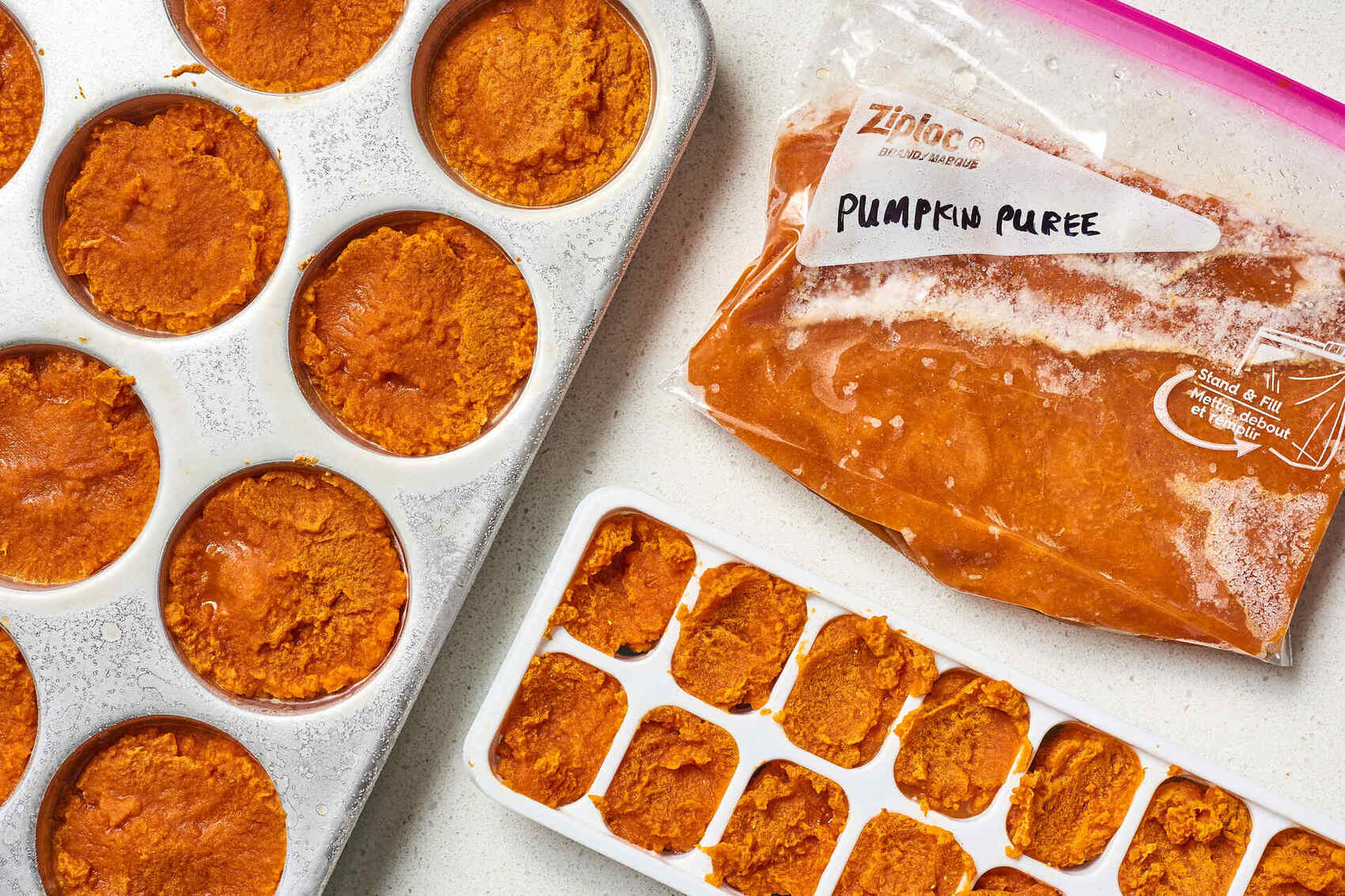
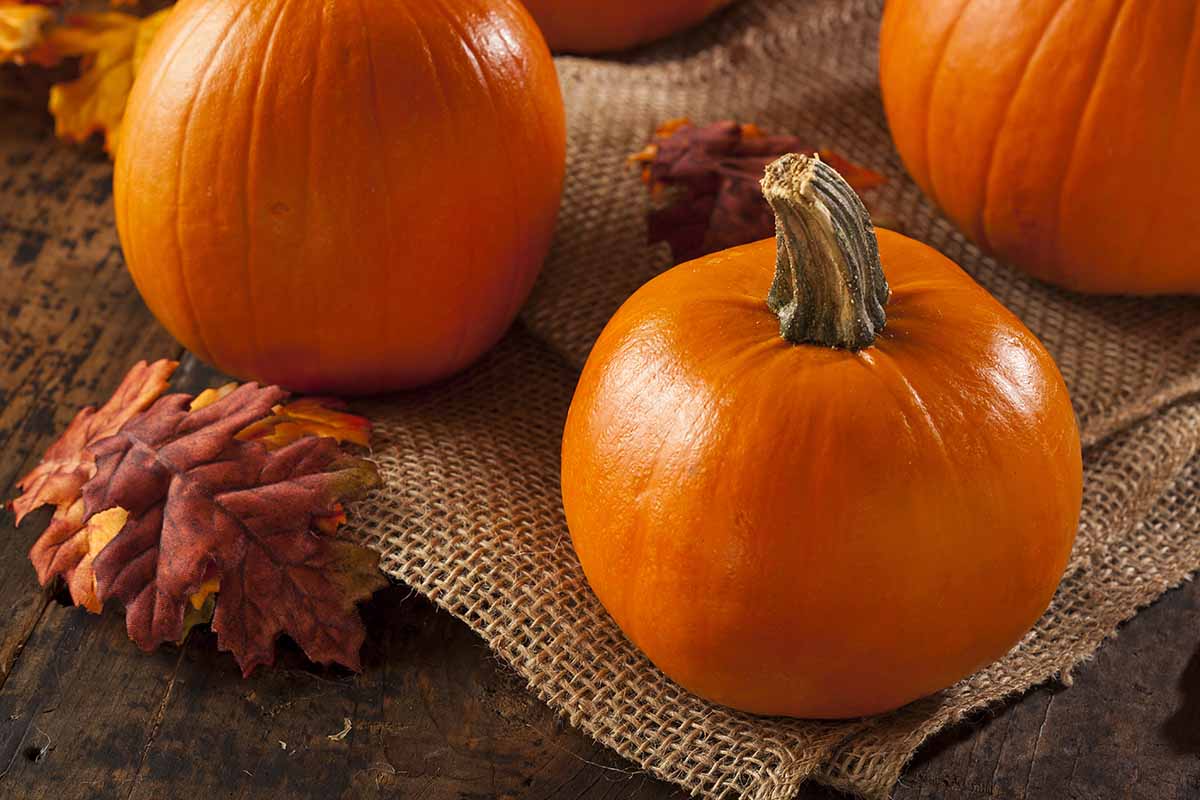
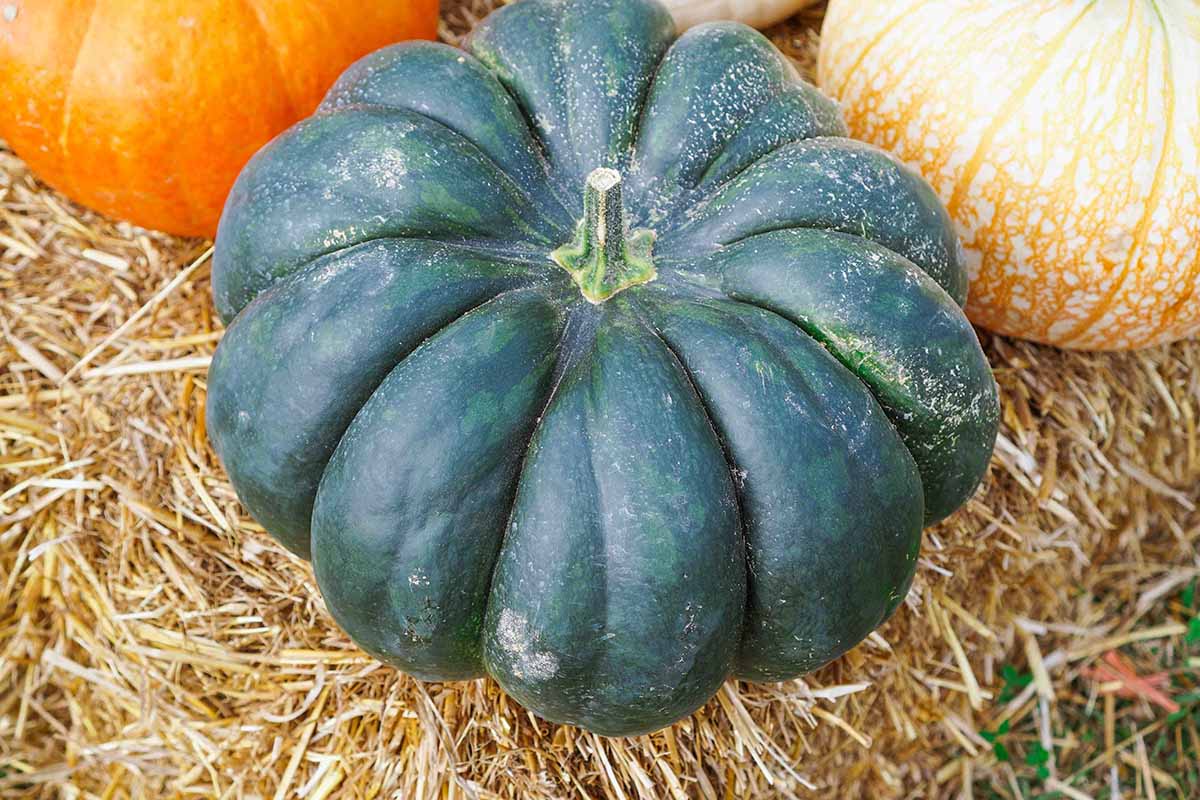
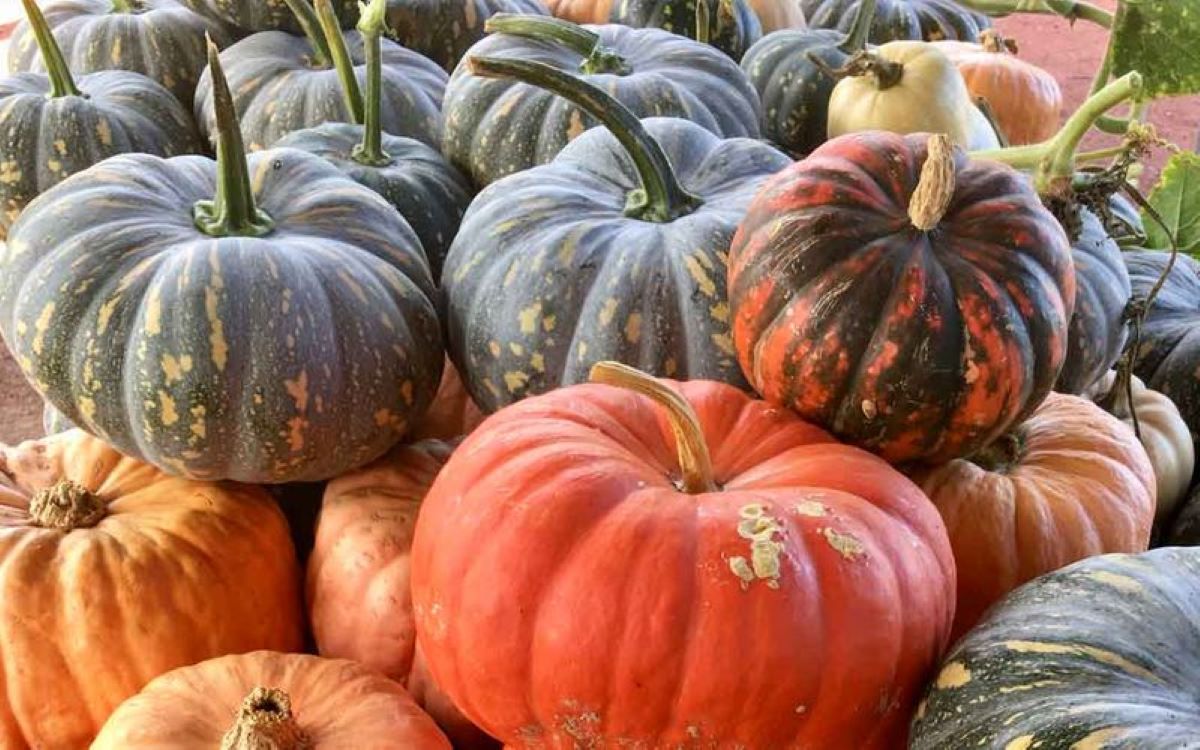
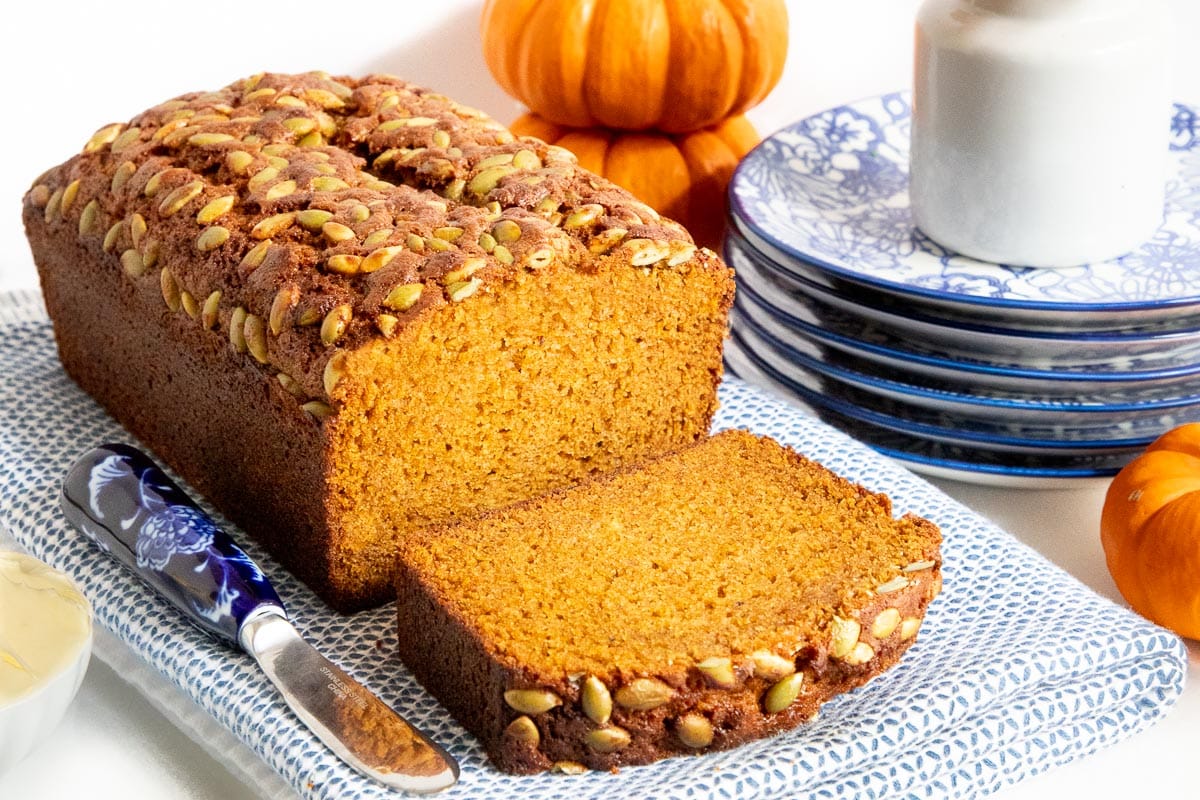
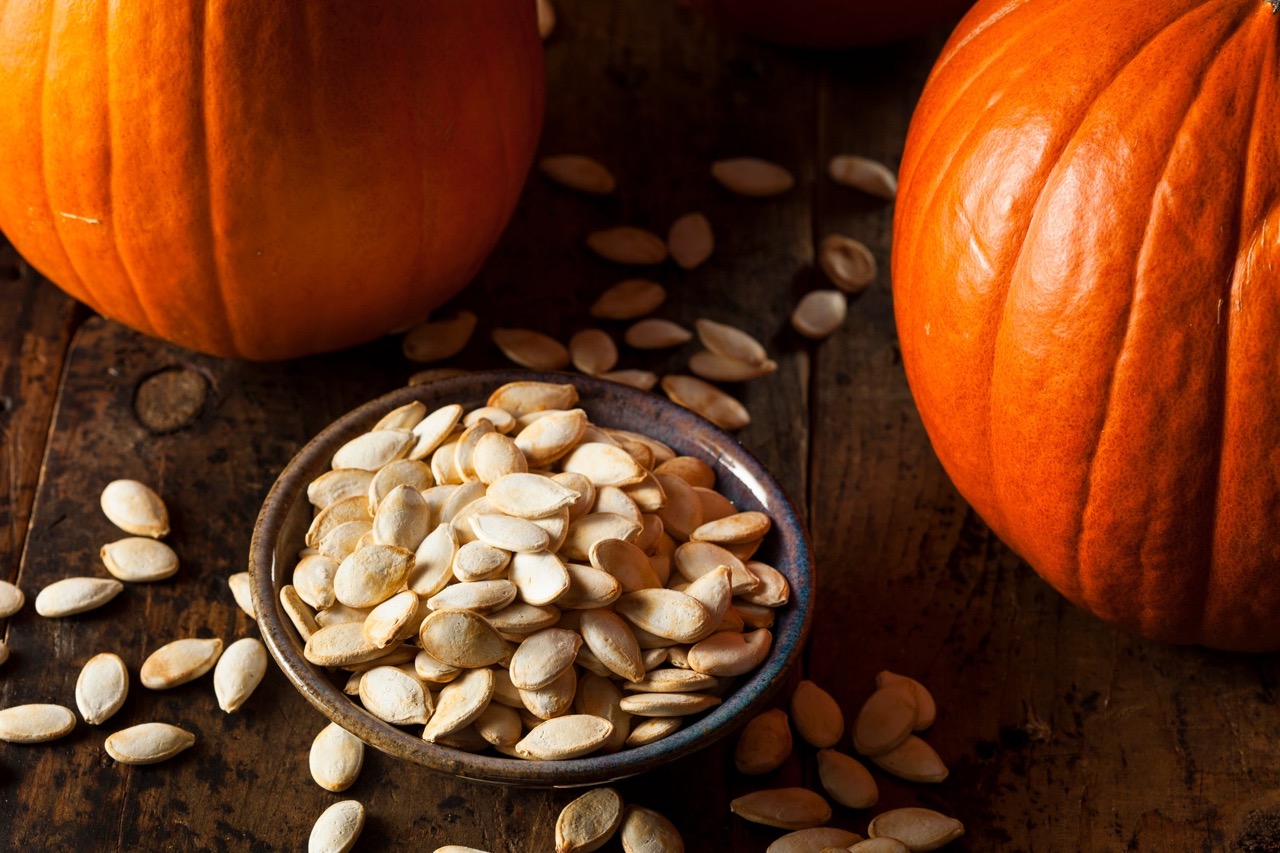
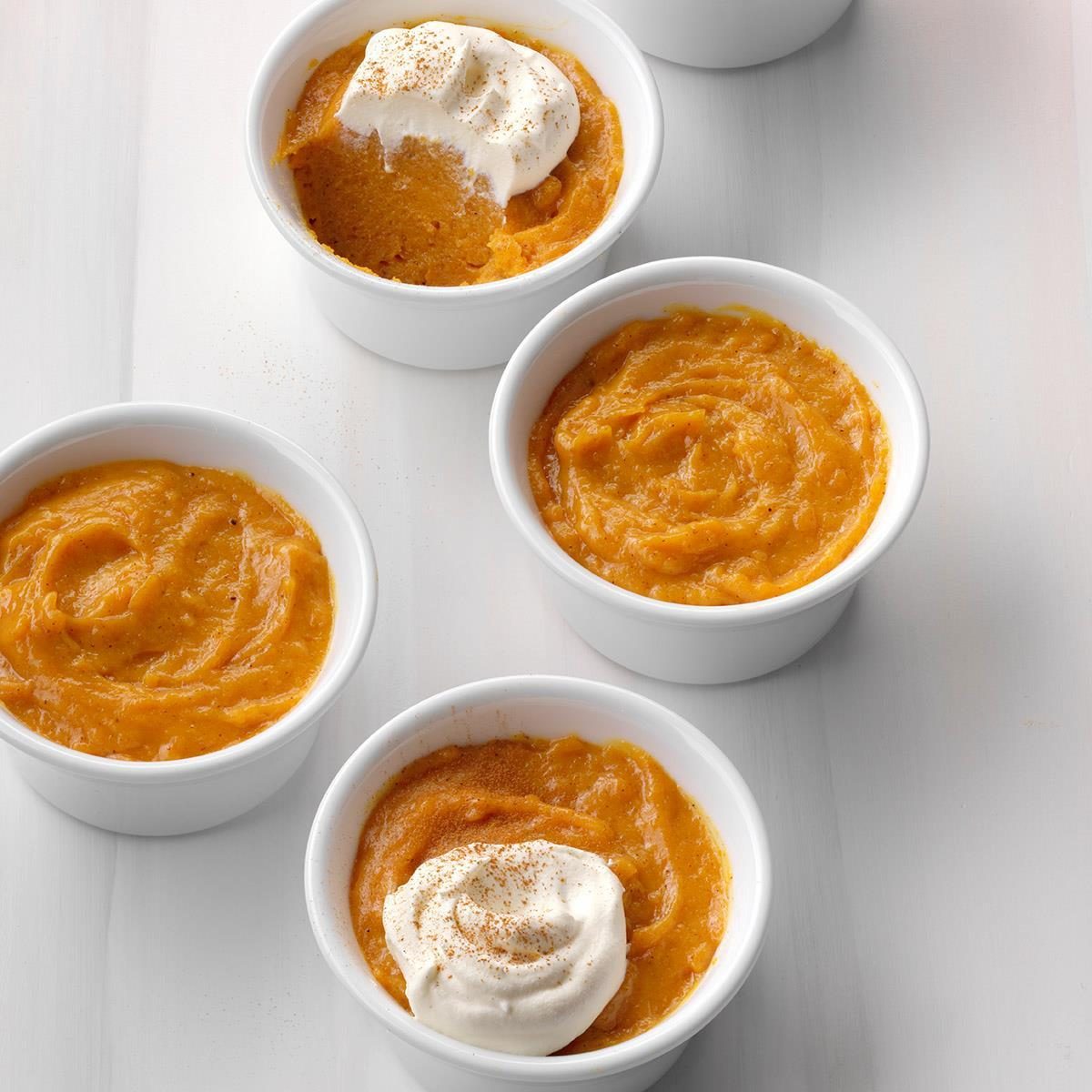
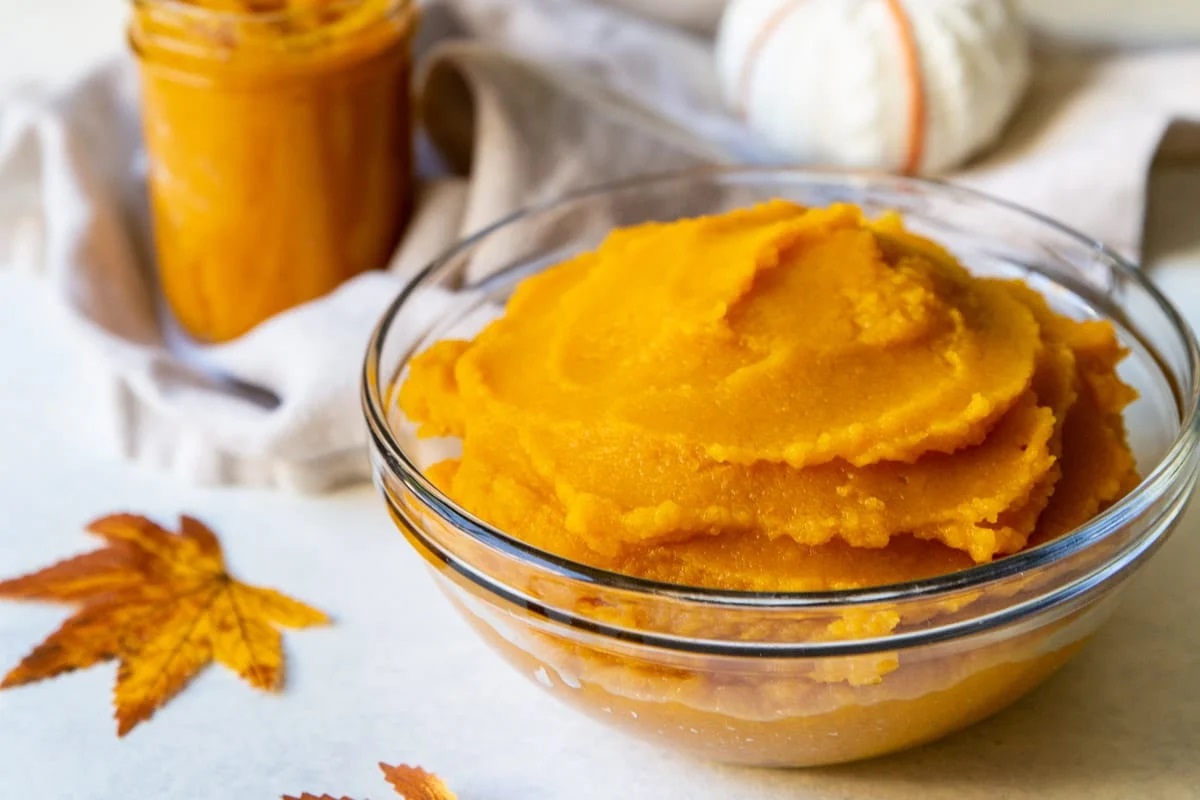
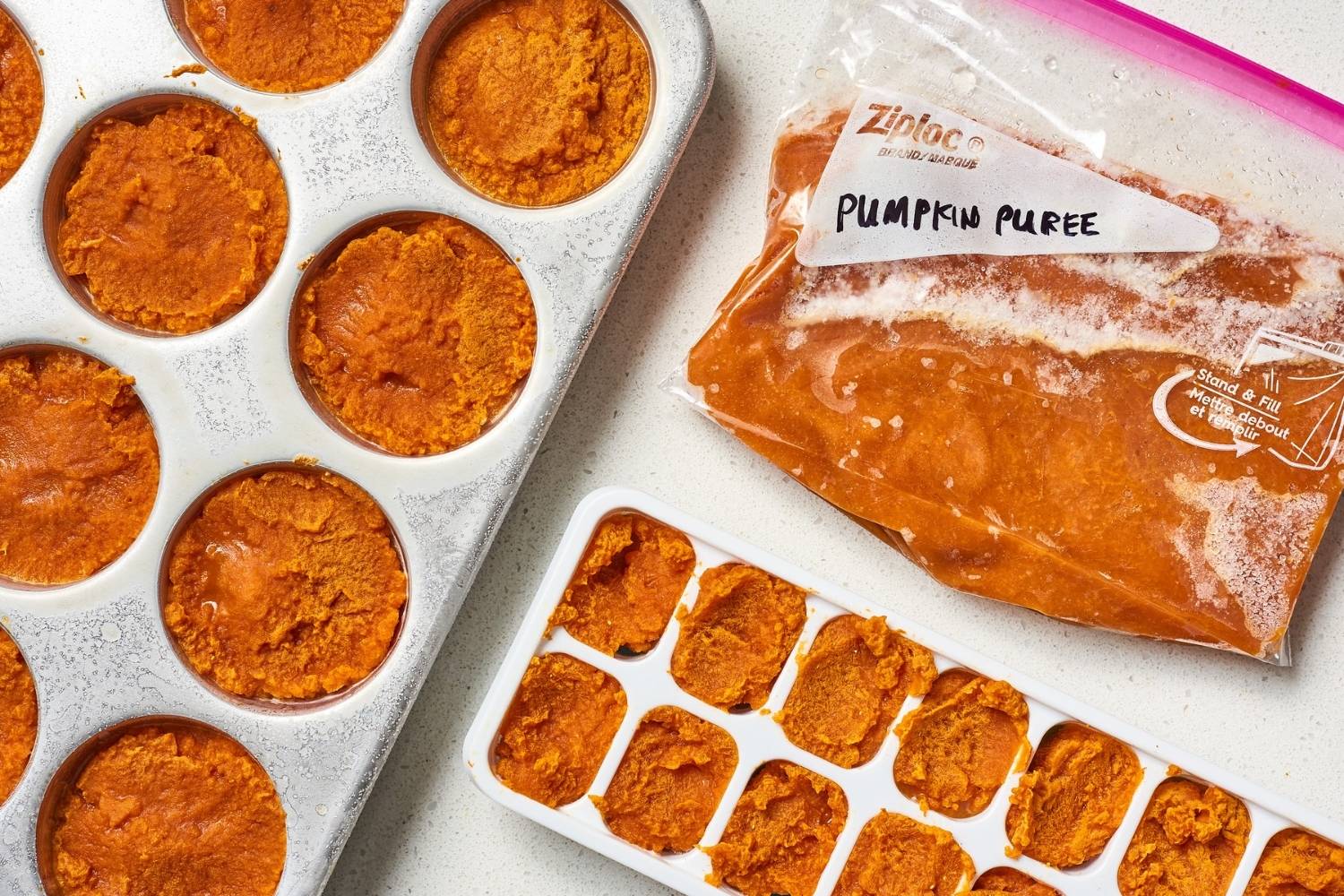
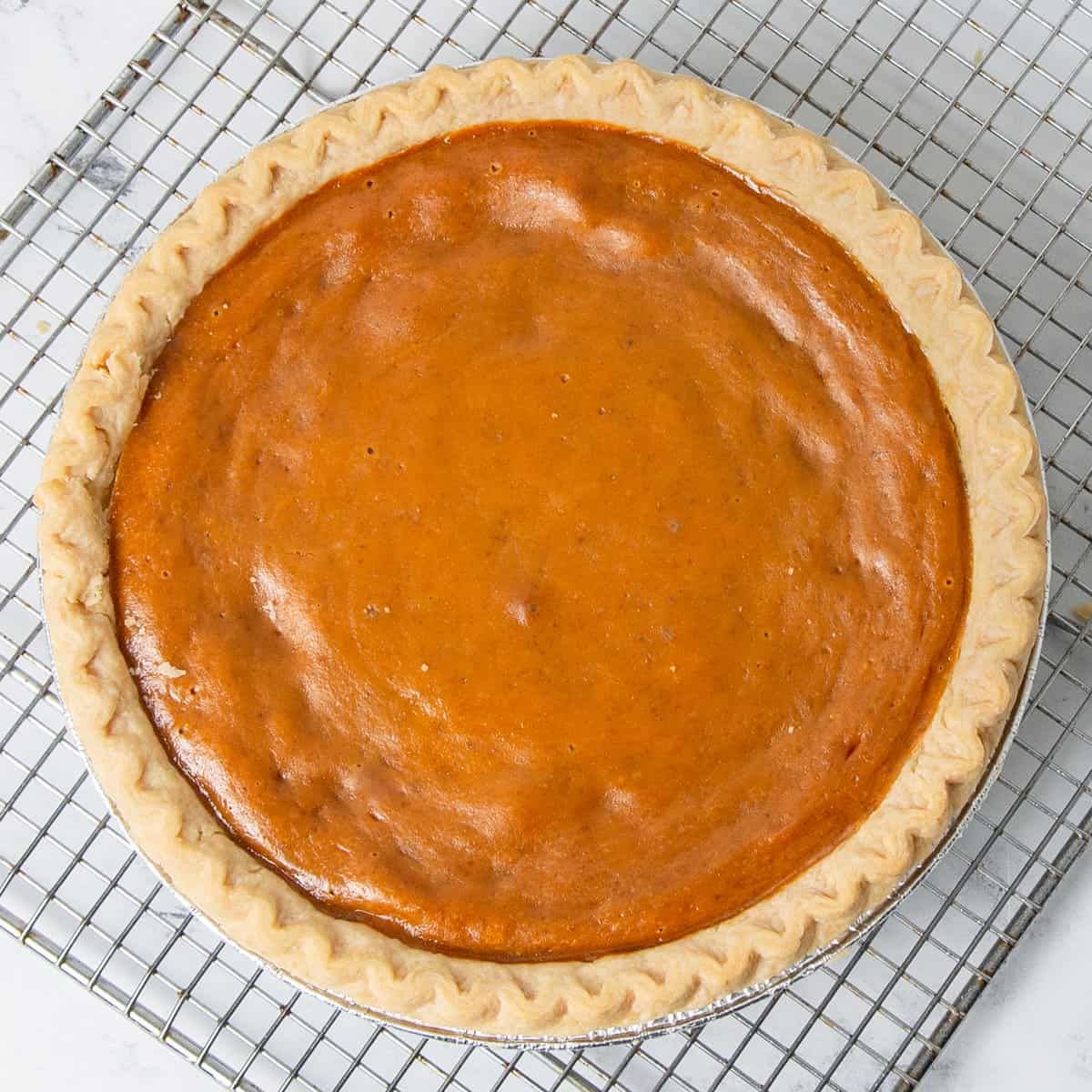
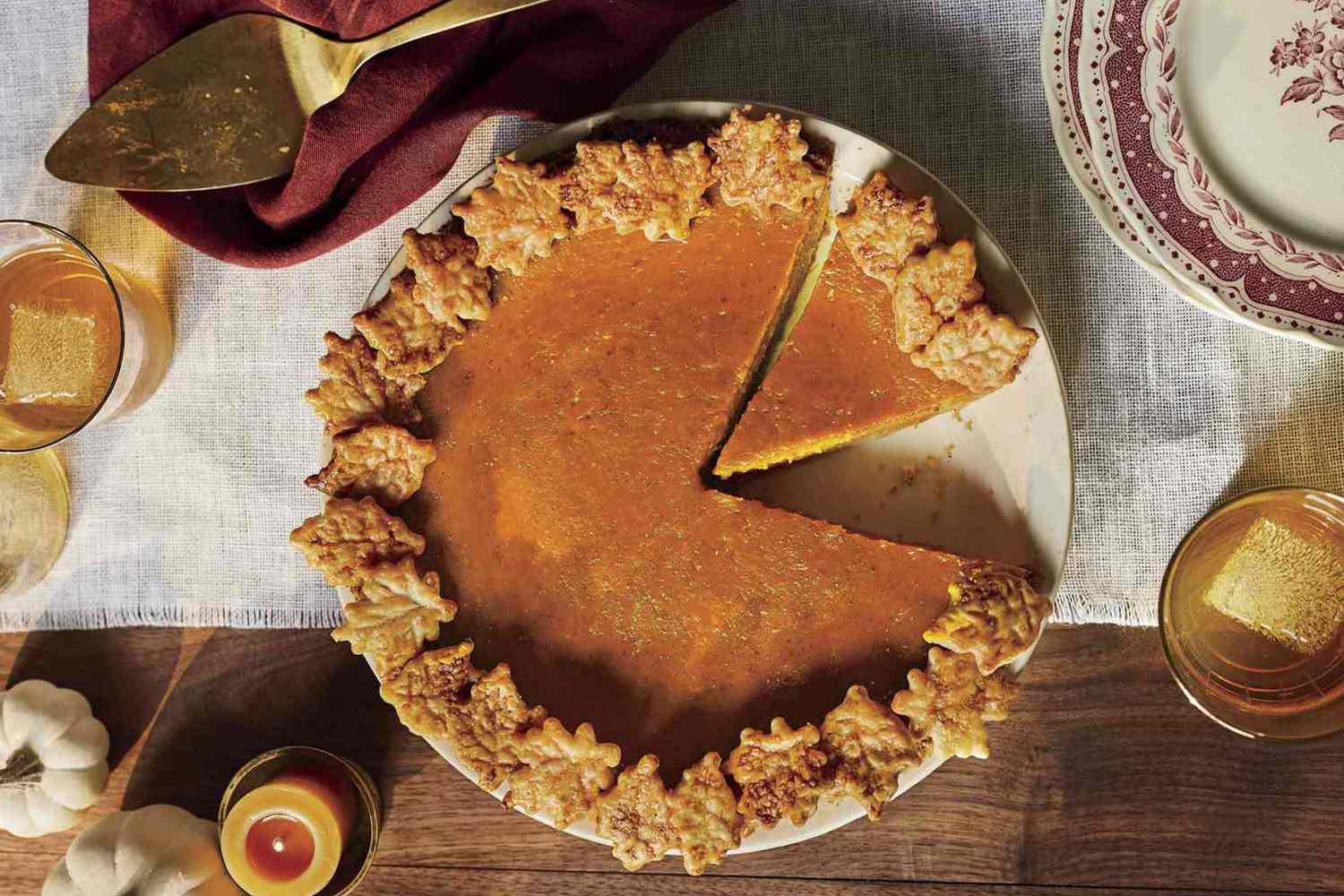
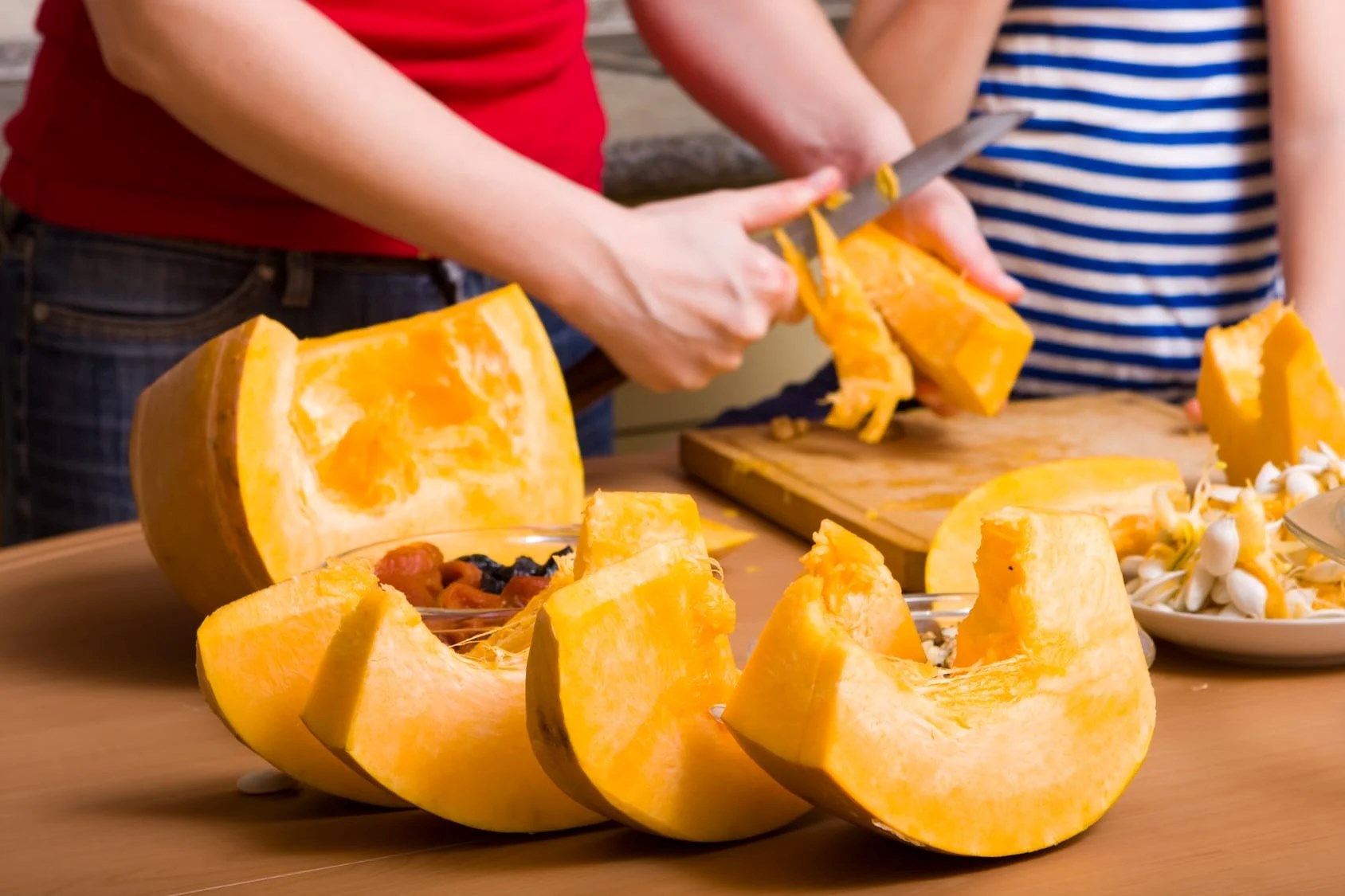
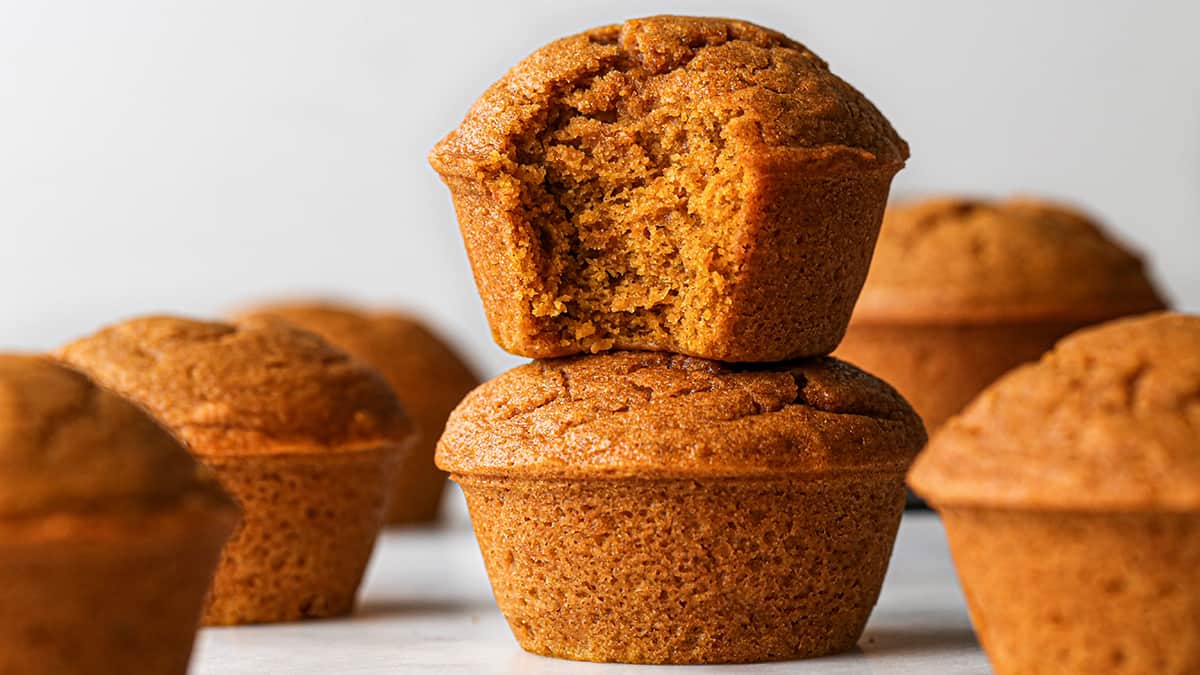

0 thoughts on “How To Store Canned Pumpkin”